Commentary: New US-Japan defense guidelines inject instability in East Asia
Updated: 2015-04-28 11:03
(Xinhua)
|
||||||||
BEIJING - By unveiling the new US-Japan defense guidelines, Washington has simply signed a Faustian pact with a Tokyo that has a knack of alienating its neighbors and creating instability in East Asia.
The revision of the guidelines, its first update in 18 years, has granted Japan's Self Defense Forces (SDF) a more ambitious and assertive role at regional and global level.
Washington's calculation is clear and simple: It wants to use Japan as a tool to amplify its "Pivot to Asia" strategy, which many believe is largely designed to cage China's rising influence in the Asia-Pacific region.
However, the shrewd calculator had brought its eggs to a bad market this time, and will ultimately pay the piper for its blind trust toward a recidivous trouble-maker.
For starters, a man who never admits his fault is not trustworthy, so is a government that attempts to whitewash its history of aggression.
The international community has been urging Shinzo Abe to apologize for Japan's war crimes during World War II, but the Japanese prime minister instead used terms such as "heartaches" -- apparently a carefully chosen word -- to gloss over the issue.
By lifting constrains on the SDF, the United States is actually emboldening a warmonger whose martial zeal had been proved by history repeatedly and asking it to cover its back.
Second, Washington's move seems to testify to an old saying that every man has a fool in his sleeve. While taking advantage of its tamed ally, Uncle Sam is also being taken by Abe as a tool to fulfill his dream, as updating the defense guidelines is a crucial step for Abe to reinterpret Japan's pacifist constitution, which bans Japan from dispatching SDF soldiers on foreign soil.
In other words, Washington is shooting itself in the foot, as no one on earth, even America itself, could tell clearly the intention of a fully armed Japan, given the bitter memory of Japanese diplomatic fraud on Washington before the Pearl Harbor attack in 1941.
Thirdly, maintaining peace and stability in the Asia-Pacific does not necessarily call for a strengthened US-Japan alliance. Many suspect the partnership is designed with at least one eye on China, but the region has plenty of room for all the three, and China is fully committed to the path of peaceful development.
Therefore, the uncalled-for updating would cast a shadow over the hard-won positive momentum in the region and bring about more uncertainties in regional security.
As Chinese President Xi Jinping has put it, a stronger China will present development opportunities, rather than a threat. It is highly advised that politicians in Washington and Tokyo could set aside their Cold War mentality and learn to coexist with China in a peaceful and mutually beneficial way.

 International rescue teams head to quake-hit Nepal
International rescue teams head to quake-hit Nepal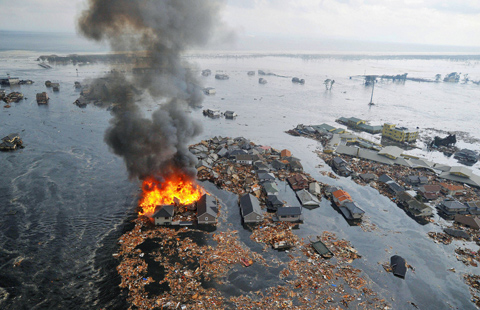
 World's deadliest earthquakes since 1900s
World's deadliest earthquakes since 1900s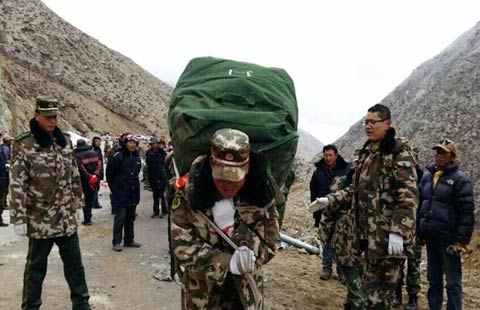
 Rescuers deliver relief supplies on foot
Rescuers deliver relief supplies on foot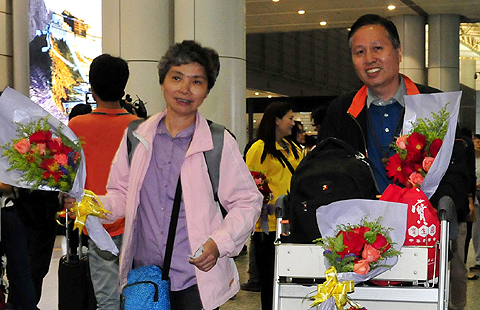
 China brings trapped nationals home from quake-hit Nepal
China brings trapped nationals home from quake-hit Nepal
 Severe drought hits Southwest China
Severe drought hits Southwest China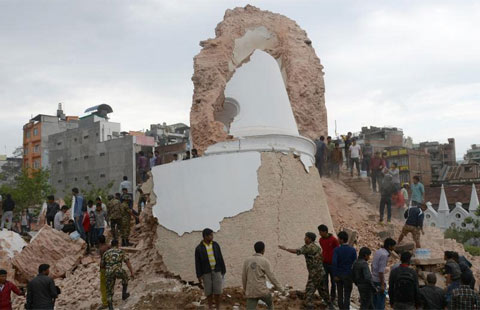
 History razed in Nepal earthquake
History razed in Nepal earthquake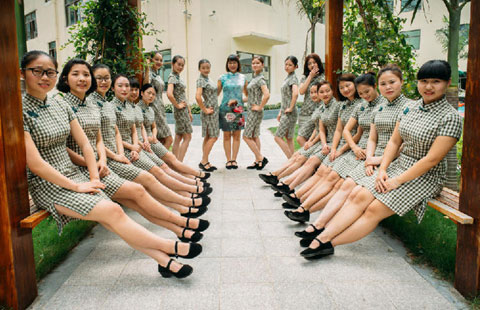
 'Chi-pao teachers' found in Guangdong
'Chi-pao teachers' found in Guangdong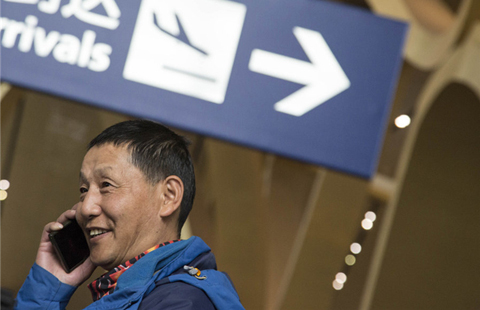
 Tourists evacuated from Nepal quake area arrive in Kunming
Tourists evacuated from Nepal quake area arrive in Kunming
Most Viewed
Editor's Picks

|

|

|

|

|

|
Today's Top News
Nepalis wait for quake help as death toll passes 4,000
New US-Japan defense guidelines inject instability in East Asia
Chinese, Koreans seek Japan apology
China rescue team starts work
Three US citizens among dead in avalanche after Nepal quake
Chinese rally across US to support NYC police officer under indictment
New publication will focus on China's energy industry
Abe's US trip: sense or sensibility?
US Weekly

|

|







